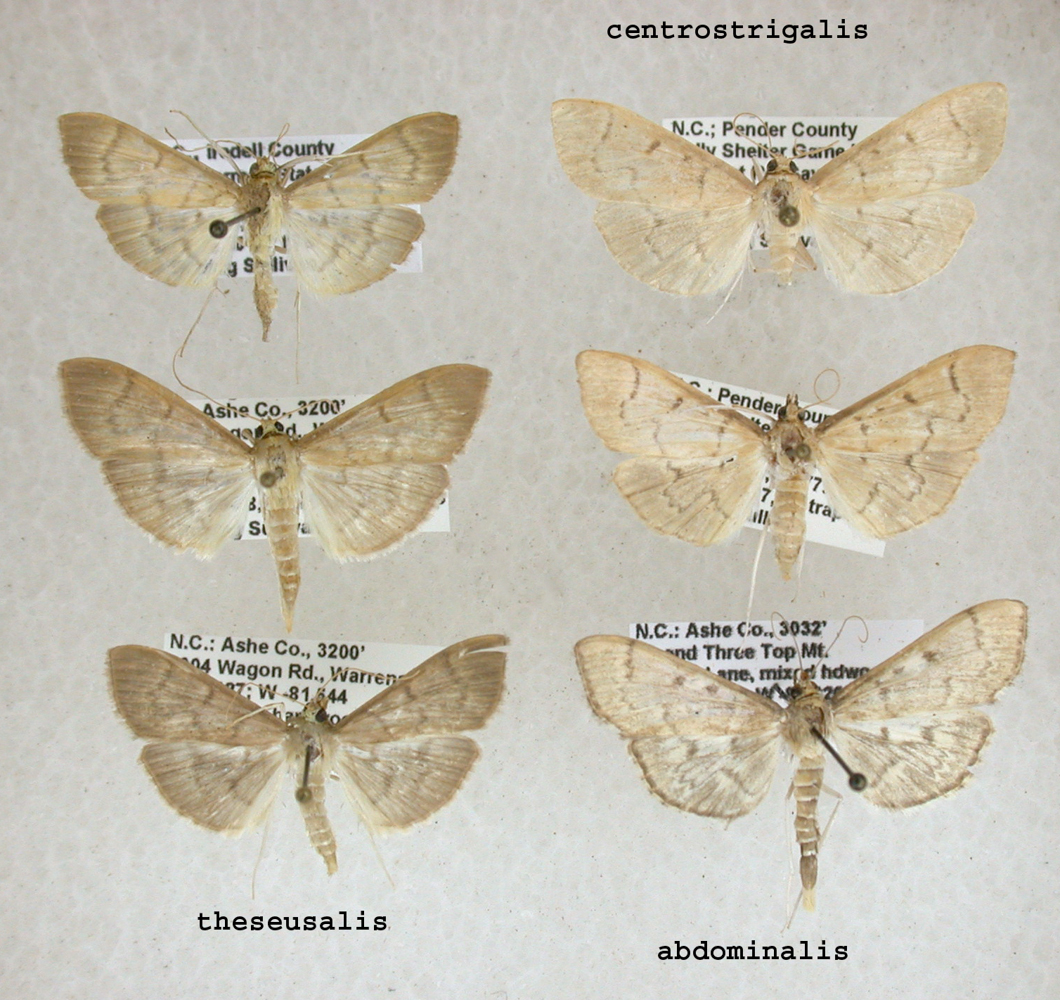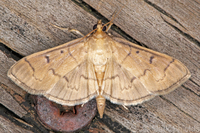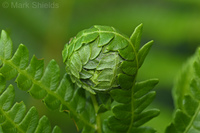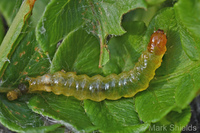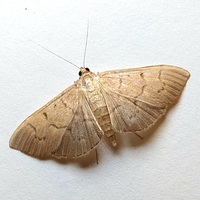
| Recorded by: Mark Basinger on 2025-09-12
Wilson Co.
Comment: | 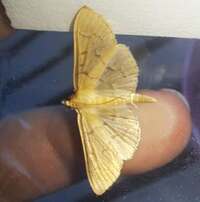
| Recorded by: Allison Garton on 2025-08-29
Moore Co.
Comment: |
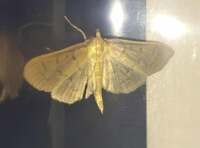
| Recorded by: Allison Garton on 2025-08-29
Moore Co.
Comment: | 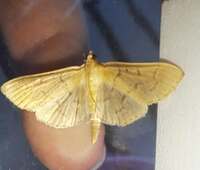
| Recorded by: Allison Garton on 2025-08-29
Moore Co.
Comment: |
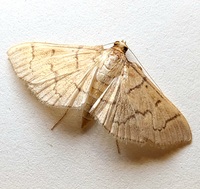
| Recorded by: Mark Basinger on 2025-08-25
Wilson Co.
Comment: | 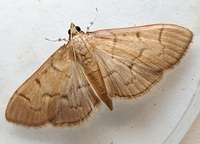
| Recorded by: Mark Basinger on 2025-08-21
Wilson Co.
Comment: |
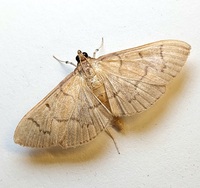
| Recorded by: Mark Basinger on 2025-08-19
Wilson Co.
Comment: | 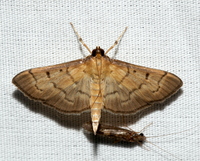
| Recorded by: David George, Jeff Niznik, Rob Van Epps, Kevin Metcalf on 2025-07-20
Richmond Co.
Comment: |
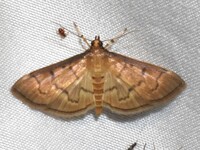
| Recorded by: David George, Jeff Niznik, Rob Van Epps, Kevin Metcalf on 2025-07-20
Richmond Co.
Comment: | 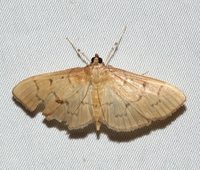
| Recorded by: David George on 2025-06-29
Richmond Co.
Comment: |
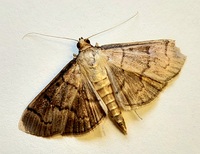
| Recorded by: Mark Basinger on 2025-06-28
Wilson Co.
Comment: | 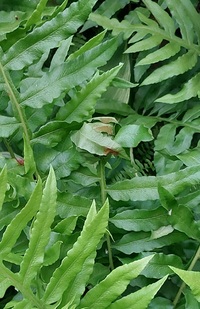
| Recorded by: Mark Basinger on 2025-06-11
Wilson Co.
Comment: Fern balls were on Lorinseria (Woodwardia) areolata. |

| Recorded by: Mark Basinger on 2025-06-11
Wilson Co.
Comment: | 
| Recorded by: Mark Basinger on 2025-06-07
Wilson Co.
Comment: On Royal Fern. |

| Recorded by: Mark Basinger on 2025-06-07
Wilson Co.
Comment: | 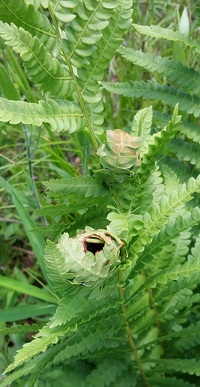
| Recorded by: Mark Basinger on 2025-05-30
Bladen Co.
Comment: |
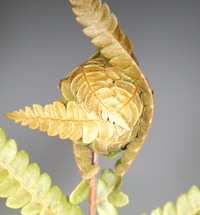
| Recorded by: Jim Petranka and Becky Elkin on 2025-05-24
Richmond Co.
Comment: | 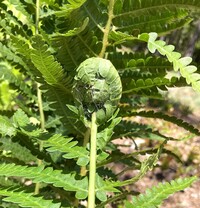
| Recorded by: Dean Furbish on 2025-04-29
Pender Co.
Comment: |
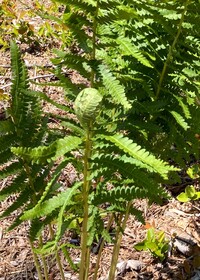
| Recorded by: Dean Furbish on 2025-04-29
Pender Co.
Comment: | 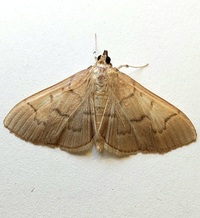
| Recorded by: Mark Basinger on 2024-09-12
Wilson Co.
Comment: |
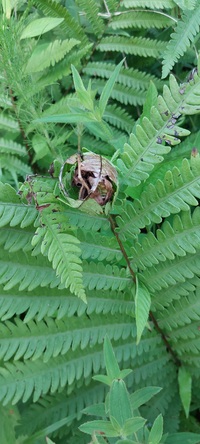
| Recorded by: Mark Basinger on 2024-06-20
Bladen Co.
Comment: Anchistea (Woodwardia) virginica and Osmundastrum cinnamomeum were two host ferns. | 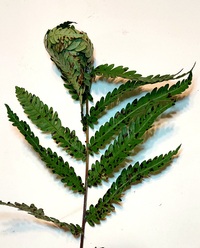
| Recorded by: Mark Basinger on 2024-06-19
Columbus Co.
Comment: |
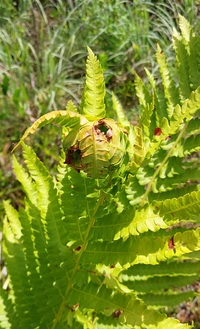
| Recorded by: Mark Basinger on 2024-06-18
Brunswick Co.
Comment: | 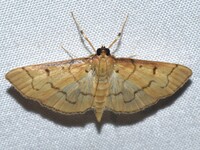
| Recorded by: Jeff Niznik on 2024-06-14
Scotland Co.
Comment: |

| Recorded by: Mark Basinger on 2024-04-28
Columbus Co.
Comment: Osmundastrum cinnamomeum, also observed on Anchistea (Woodwardia) virginica. | 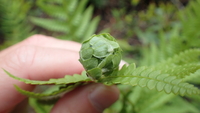
| Recorded by: Erich Hofmann and CFCC BIO146 Students on 2024-04-26
Brunswick Co.
Comment: |
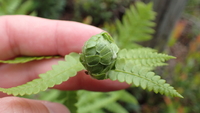
| Recorded by: Erich Hofmann and CFCC BIO146 Students on 2024-04-26
Brunswick Co.
Comment: | 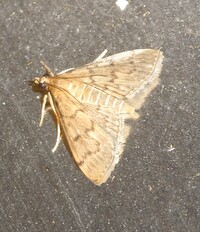
| Recorded by: Simpson Eason on 2023-09-23
Brunswick Co.
Comment: |
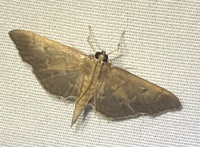
| Recorded by: David George, L. M. Carlson on 2022-07-26
Greene Co.
Comment: | 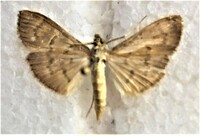
| Recorded by: Darryl Willis on 2021-10-22
Cabarrus Co.
Comment: |
|

 »
»